
Top CAD Mechanical Project Ideas For Every Skill Level
Feb 07, 2025 6 Min Read 4140 Views
(Last Updated)
CAD, or Computer-Aided Design, has changed the way engineers design and perfect mechanical designs. From small parts to massive structures, CAD tools allow for precision, efficiency, and creativity that never existed before. For a mechanical engineer, practical experience is the key to mastering these tools. Exploring CAD mechanical project ideas is a great way to gain hands-on experience, improve problem-solving skills, and build confidence in using advanced design software.
This does not just mean learning to work with the tools, but rather how to use these tools to solve real-life problems. These projects thus form a stepping stone towards an in-depth understanding of some core concepts while boosting creativity and technical competence. By working through many different designs, you sharpen your skills and also gear yourself up for future engineering opportunities.
Table of contents
- Why CAD Projects Are Crucial for Aspiring Mechanical Engineers
- Best CAD Mechanical Project Ideas
- Beginner-Friendly CAD Project Ideas
- Intermediate Projects
- Advanced Projects
- Tips for Choosing and Completing CAD Mechanical Projects
- Wrapping up
- Frequently Asked Questions
- What industries value experience with CAD mechanical projects?
- How can I simulate real-world conditions in CAD projects?
- How long does it take to complete a CAD project?
- Do CAD mechanical projects require prior programming knowledge?
Why CAD Projects Are Crucial for Aspiring Mechanical Engineers
CAD mechanical projects can help bridge theory and practice, thus enabling students to apply engineering concepts to real-world challenges. They further enhance problem-solving skills, build creativity, and can help prepare learners for industry demands. Below are three key reasons why these projects can add to your skill set in the long run:
- Bridging Theory and Practice: They help you apply classroom knowledge to real-world scenarios and develop a hands-on understanding of engineering concepts.
- Building Problem-Solving Skills: They guide you through tackling design challenges with precision and creativity while mastering CAD tools.
- Enhancing Career Prospects: These can also help you create a strong portfolio that showcases technical expertise and lets you attract better opportunities.
Best CAD Mechanical Project Ideas
We’ve segregated the CAD mechanical project ideas into three parts based on different skill levels. Let’s take a look :
Beginner-Friendly CAD Project Ideas
Gear Train System Design: A gear train system is a fundamental mechanical assembly that demonstrates the transfer of motion and power between gears. By designing a basic gear train, you’ll gain hands-on experience in understanding essential components like spur gears, shafts, and bearings. It’s a great way to get hold of how rotational motion is transmitted and controlled in machinery.
This project focuses on the assembly process, helping you understand how gears interact at different ratios to produce desired outputs. You will also learn about the necessity of shaft alignment and clearances on precision and how this directly relates to the performance and efficiency of the system.
For either a simple machine or a more complex mechanism, a gear train is a basic foundation to work your way up from with more complex mechanical designs in CAD.
Simple 3D Models: Simple 3D models are great projects for beginners to get accustomed to CAD tools. Start by making basic mechanical components, such as bolts, nuts, washers, or flanges. These very simple designs allow you to master the essential techniques of sketching, extrusion, and filleting that are the building blocks for more complex designs.
These projects will allow you to get more familiar with dimensions, tolerances, and material properties. Being able to create an accurate model lets you analyze the impact that small variations could have on the functionality of a part when put together in an assembly.
In this regard, focusing on simple components will help build up your confidence in your design ability and pave the way for addressing complex mechanical systems in other projects.
Also Read: CAD Designer Roles and Responsibilities: Everything You Should Know
Differential Gear Assembly: Designing a differential gear assembly is a step up for beginners looking to explore how motion and power are distributed in mechanical systems. This project focuses on creating a mechanism that ensures power transfer to wheels while allowing them to rotate at different speeds, an essential concept in automotive engineering.
While working on this project, you’ll learn about key components like bevel gears, shafts, and housings. The design process will involve defining constraints, understanding gear ratios, and simulating motion to ensure the assembly works efficiently under dynamic conditions.
By completing this project, you’ll gain an understanding of torque and motion distribution principles as well as an insight into the precision required for designing complex moving parts.
Pulley and Belt Mechanism: A pulley and belt mechanism is one of the most simple yet effective CAD mechanical projects in understanding the principles of transfer of motion in mechanical systems. Designing this system will let you explore how rotational power is transmitted between shafts by using belts and pulleys of different diameters. This project introduces you to key concepts such as torque, speed ratios, and tension.
Through this project, you will learn the necessity for careful alignment to avoid slippage and to ensure an efficient transfer of power. You can also experiment with various belt materials and pulley profiles, which lets you understand their effects on performance.
This project is very ideal for beginners who want to practically learn about mechanical motion systems while honing their CAD modeling and simulation skills.
Also read: Best Mechanical Engineering Product Ideas
Intermediate Projects
Hydraulic Cylinder Design: Designing a hydraulic cylinder is an interesting intermediate project which will introduce you to the fluid-powered systems. A hydraulic cylinder is used to generate linear motion and force, so it is an integral component of machinery like excavators, cranes, and industrial presses. Through this project, you will learn how pressure-based motion works and how you can design a system to be able to withstand high loads.
This project will also walk you through modeling of critical components like the piston, cylinder barrel, seals, and rods. You will then understand the importance of material choice and tolerances in ensuring it doesn’t leak and also last under extreme conditions.
By simulating the hydraulic cylinder in CAD, you’ll gain insights into pressure distribution and force calculations, equipping you with practical skills for more advanced mechanical applications.
Cooling Fan Design: A cooling fan is quite a fascinating intermediate project that has aspects of aerodynamics mixed in with mechanical design. In many machines, cooling fans are used to regulate temperature and avoid overheating. For this project, you need to concentrate on blade geometry, rotational dynamics, and airflow optimization.
While working on this project, you’ll model the fan blades, hub, and motor housing with precision. The key learning here lies in designing blades with the correct pitch and curvature to ensure maximum airflow efficiency while minimizing noise and vibration.
You will understand how the speed and material selection influence the performance of the fan by simulating its performance in CAD. This project will enhance your technical expertise and prepare you for designing other fluid or airflow-based systems.
Camshaft Mechanism: Designing a camshaft mechanism is a challenging intermediate project that’ll help you look through the complexities of motion control in engines. The camshaft is a vital component in internal combustion engines, responsible for regulating the opening and closing of engine valves in synchronization with piston movement.
This project will teach you how to model the camshaft, lobes, and associated components with precision. You’ll explore concepts like timing, lobe profiles, and cam follower motion, which are critical to ensuring efficient engine performance. Simulations will help you visualize how the mechanism operates at various speeds and under different load conditions.
Through this project, you’ll gain insights into dynamic simulations, tolerances, and how small design adjustments can significantly impact the overall functionality of an engine.
Crankshaft Assembly: Designing a crankshaft assembly is a crucial intermediate project that deepens your understanding of motion conversion in engines. A crankshaft plays a critical role in changing the linear motion of the pistons into rotational movement for the driving of machinery or vehicles. The focus of the project lies in modeling the crankshaft, connecting rods, and bearings.
This project will involve learning the geometrical characteristics of crankshafts, balancing by the use of counterweights, and the importance of tolerances for smooth running. In this regard, simulating assembly in CAD will be instrumental in analyzing the stress points while understanding how the crankshaft works under dynamic forces at high-speed rotation.
By completing this project, you’ll gain practical knowledge of engine mechanics and the engineering considerations required to design durable and efficient moving parts.
Also Read: How to Become a CAD Designer in India: The 4-Step Process
Advanced Projects
Robotic Arm Simulation: Designing and simulating a robotic arm is an advanced project that explores the intersection of mechanics, automation, and precision engineering. Robotic arms are widely used in industries like manufacturing and healthcare for tasks requiring high accuracy and efficiency. This project challenges you to create a multi-jointed arm capable of performing complex motions.
You’ll model components such as the base, links, joints, and end effector while ensuring proper alignment and weight distribution. The key learning lies in simulating the arm’s movements, including rotation, extension, and gripping, using parametric modeling. This requires a strong understanding of kinematics and dynamic analysis.
By completing this project, you’ll develop skills in motion control, force calculations, and real-world applications of robotics.
Wind Turbine Design: Designing a wind turbine is an advanced CAD project that combines renewable energy principles with mechanical engineering. Wind turbines convert wind energy into electricity, and this project allows you to model and optimize turbine components such as blades, hubs, and towers.
You will work on designing blade geometries that optimize energy capture, and learn how parameters such as airfoil shape, pitch angle, and rotor diameter affect performance. Simulating wind flow over the turbine in CAD will help analyze aerodynamic efficiency and structural integrity under varying wind speeds.
This project enhances your skills in designing large-scale mechanical systems and provides insight into sustainable energy solutions, thus being a valuable addition to your portfolio.
Aerodynamic Vehicle Design: An aerodynamic vehicle is a high-tech advanced CAD project that stresses performance, efficiency, and structural integrity. It involves the optimization of a vehicle’s body to reduce air resistance and improve fuel efficiency, which is very relevant in the automotive and aerospace industries.
You’ll model components such as the vehicle body, spoilers, and airflow ducts and analyze their effects on drag and lift forces. Next, you’ll test how various design changes affect the vehicle’s stability and aerodynamics using CAD simulations at different speeds and conditions.
This project sharpens your understanding of fluid dynamics and structural design, preparing you for roles in advanced manufacturing and automotive innovation.
Exhaust System Design: Designing an exhaust system is an advanced CAD project that focuses on optimizing the flow of exhaust gases in vehicles or machinery. The project involves creating components such as exhaust manifolds, pipes, mufflers, and catalytic converters, ensuring they work in tandem to improve performance and reduce emissions.
This project emphasizes understanding gas flow dynamics, thermal resistance, and noise reduction. You’ll model each part with precision, simulate gas flow through the system, and test how design changes impact factors such as back pressure and temperature dissipation.
By completing this project, you’ll gain valuable expertise in designing efficient and environmentally friendly systems, thus preparing you for roles in the automotive and heavy machinery industries. It’s a perfect blend of mechanical design and advanced simulation techniques.

Tips for Choosing and Completing CAD Mechanical Projects
The right CAD project and execution can make a whole difference in your learning journey. For success, follow these tips:
Align with Career Goals: Choose projects relevant to industry trends and your desired field to build a strong portfolio.
Time and Resource Planning: Plan your timeline and ensure access to the necessary tools and materials for smooth project execution.
Building a Portfolio: Showcase your completed projects effectively to demonstrate your skills and technical expertise to potential employers.
Wrapping up
The CAD mechanical project ideas we’ve shared in this blog will help you get hands-on experience with key CAD tools and their real-world applications. If you’re looking to dig deeper, GUVI’s CAD Design and Simulation Course has your back! With flexible online classes, industry-relevant curriculum, expert mentorship, and certifications from IIT-M Pravartak and Autodesk, our Zen program has all the premium features to help you make your mark in the field . Plus, you can even learn it in Tamil!
If automotive and product design excites you more, then consider enrolling in our Autodesk Certified CAD Course in Automotive and Product Design where native Hindi speakers too can benefit.
Now that you’ve gone through these mechanical project ideas, we’d encourage you to give them a shot! If you’ve already worked on any or have suggestions to add, please share your experiences with us in the comments below!
Frequently Asked Questions
Industries like automotive, aerospace, manufacturing, robotics, and consumer product design highly value CAD experience. Employers look for hands-on project work to ensure candidates can handle real-world design challenges.
Using tools like ANSYS or simulation features in SolidWorks and Creo, you can test for stress, thermal resistance, motion analysis, and airflow, ensuring your designs function under realistic conditions.
The duration depends on the project’s complexity. Beginner projects might take a few days, while advanced ones like a robotic arm simulation or aerodynamic vehicle design can take several weeks.
Not always. While basic programming (like Python or MATLAB) can enhance automation and simulation capabilities, most CAD software allows you to create designs without coding knowledge.

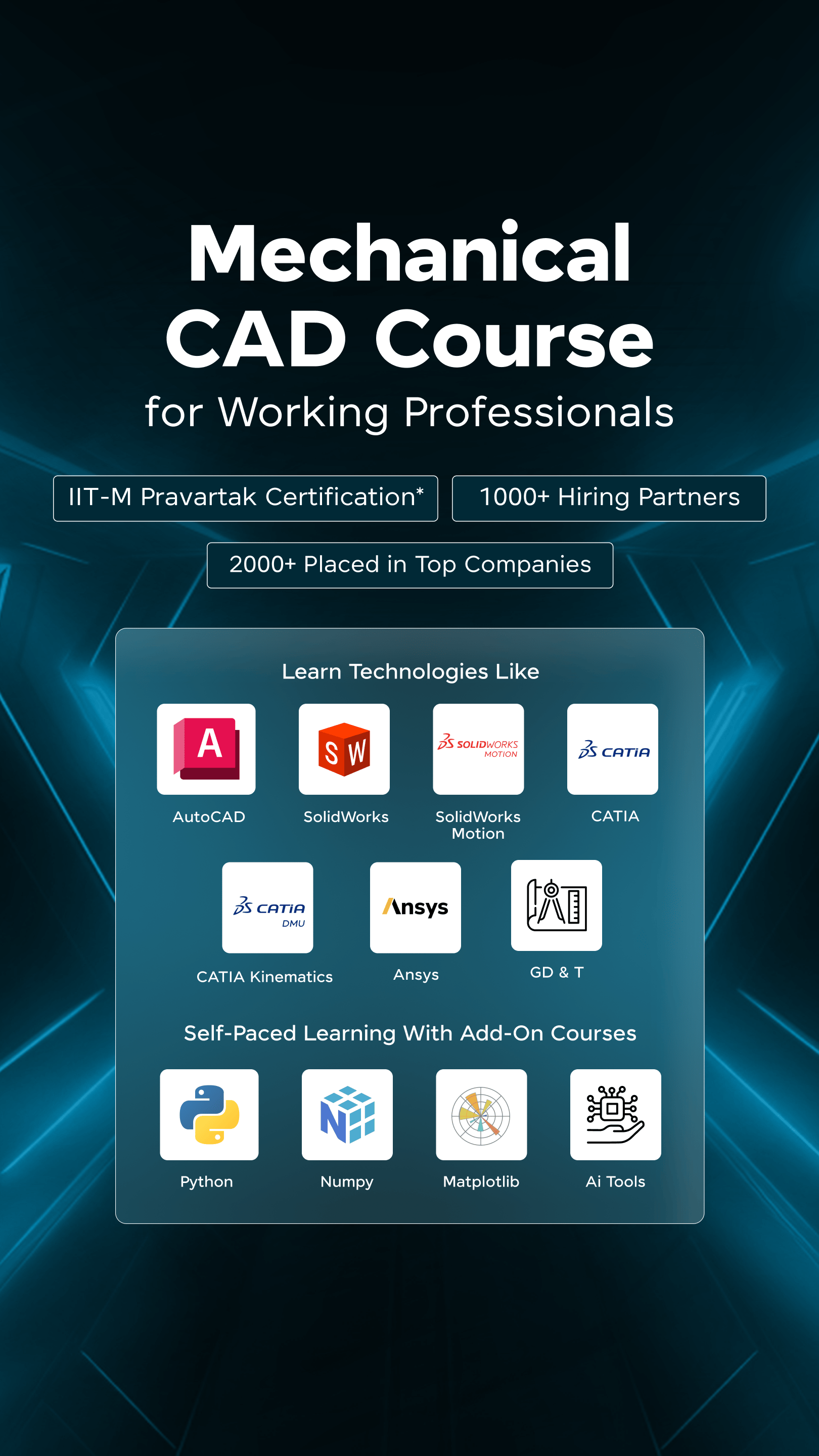
















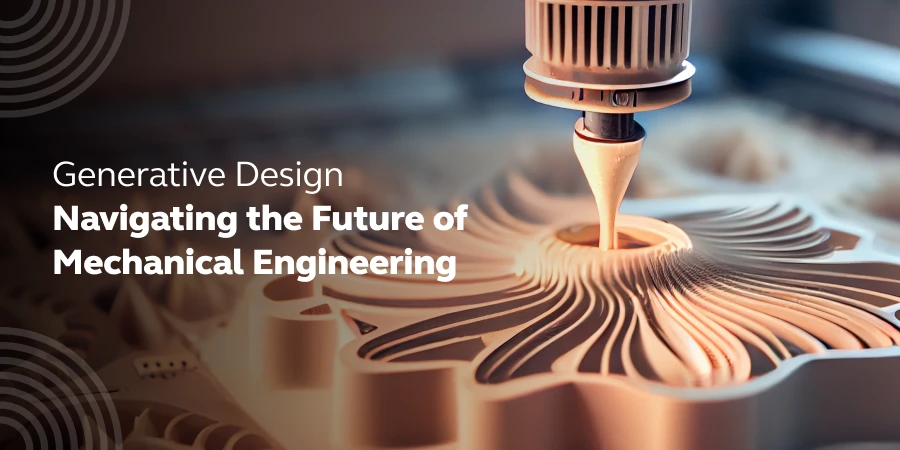
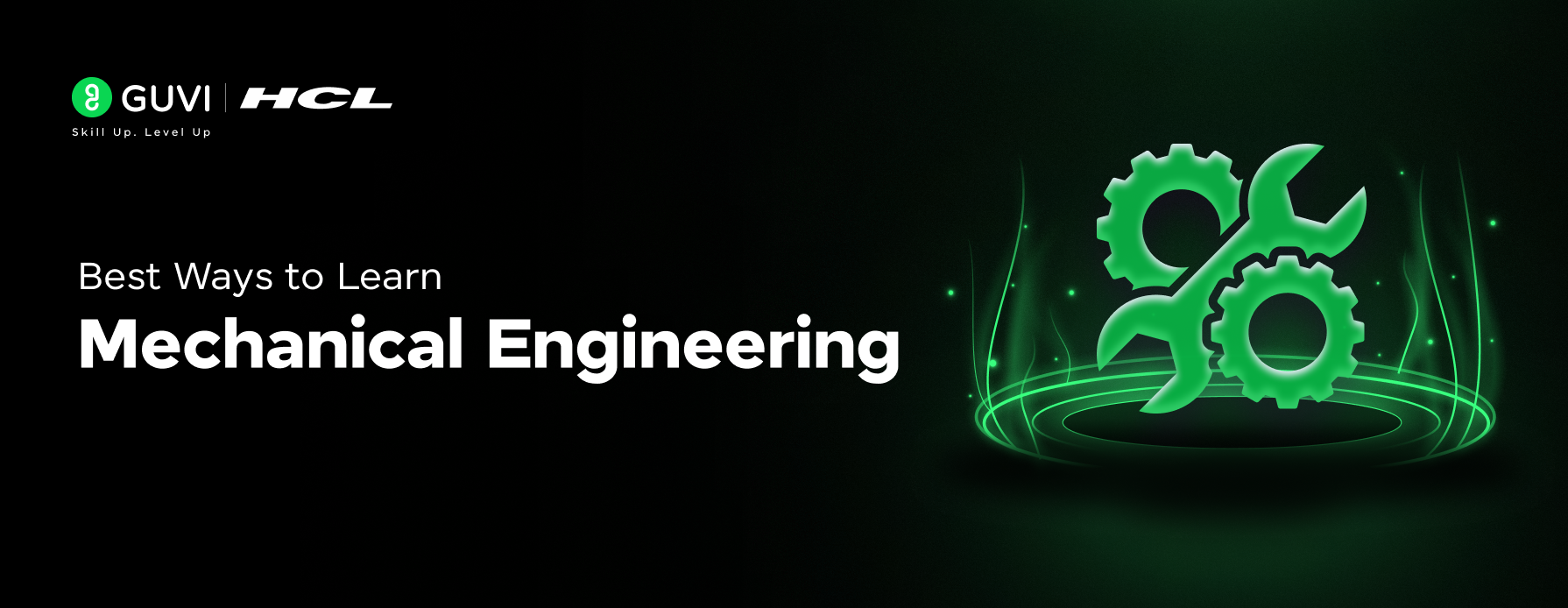
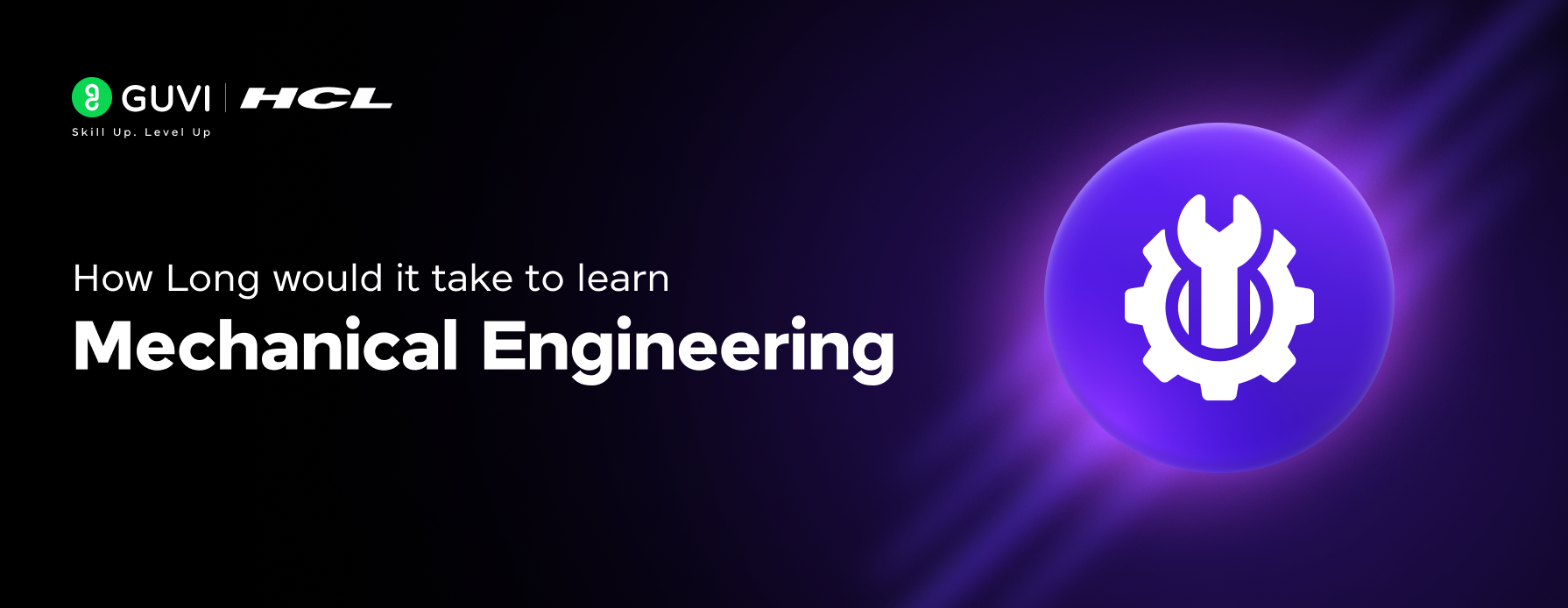

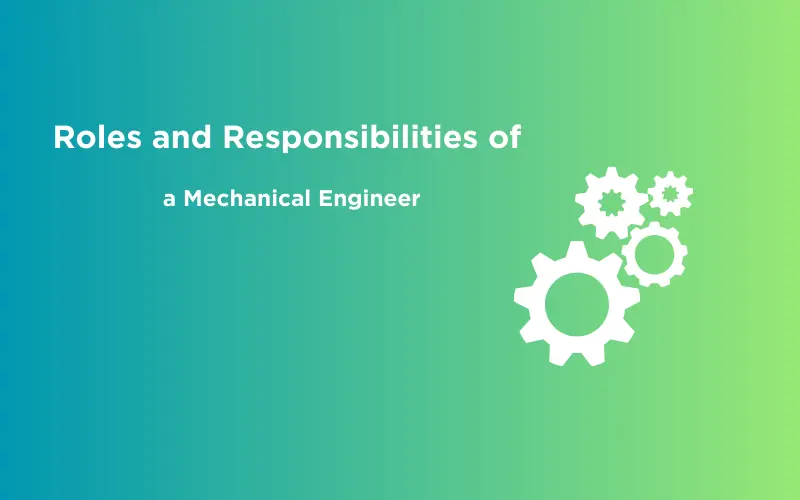

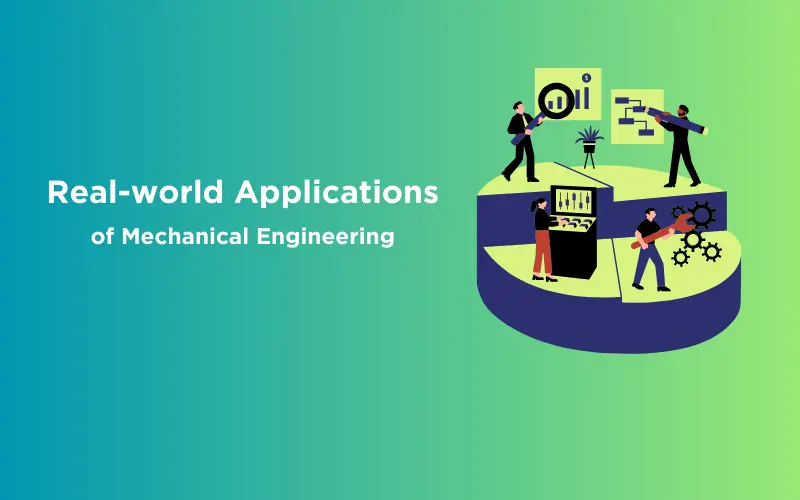

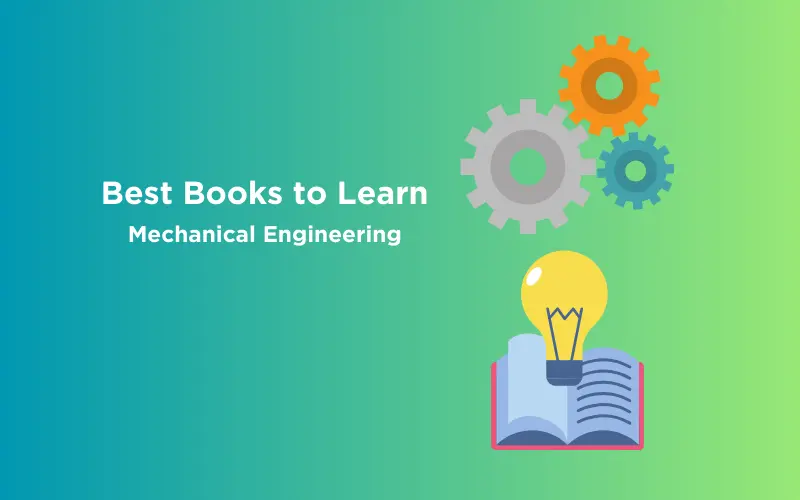

Did you enjoy this article?